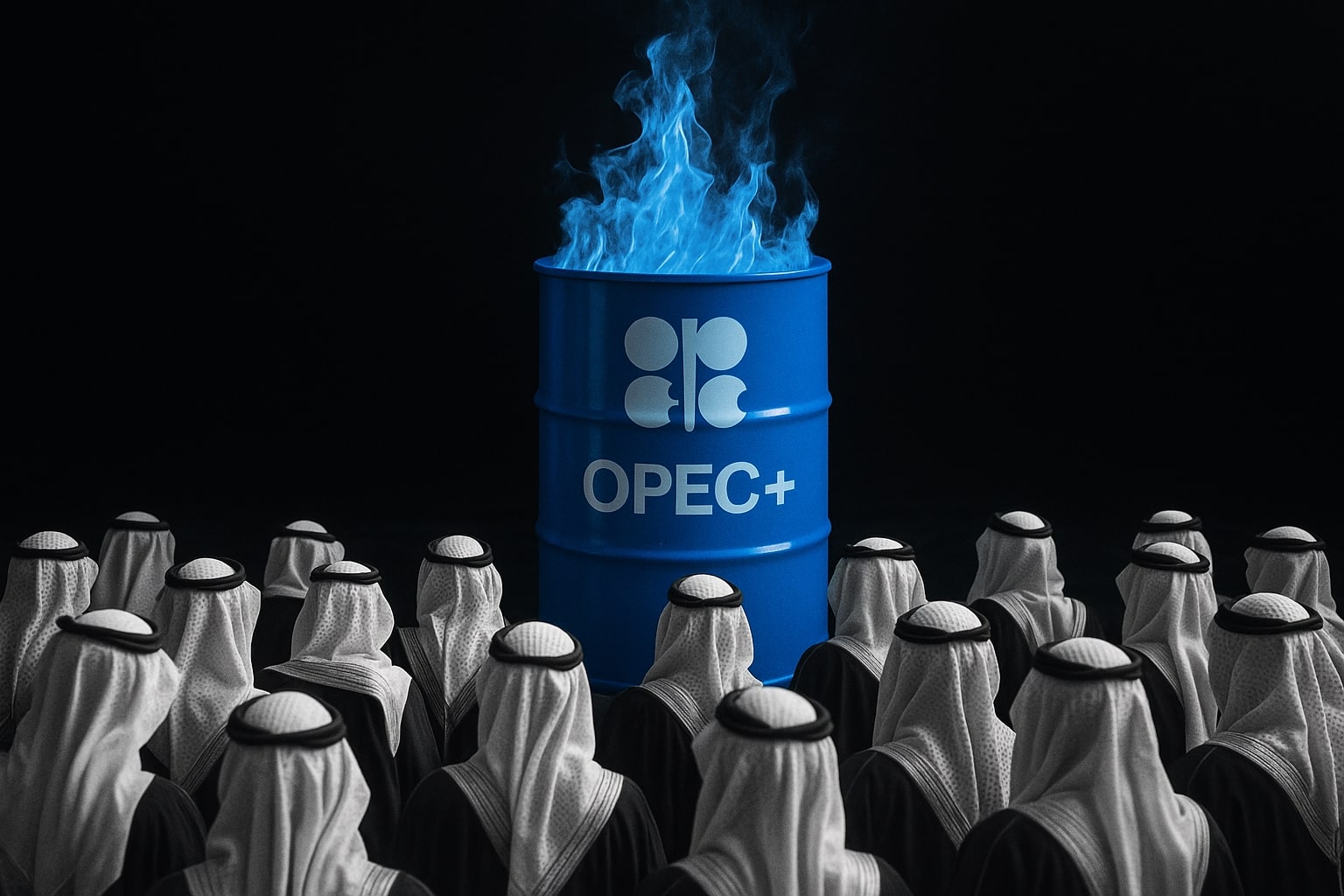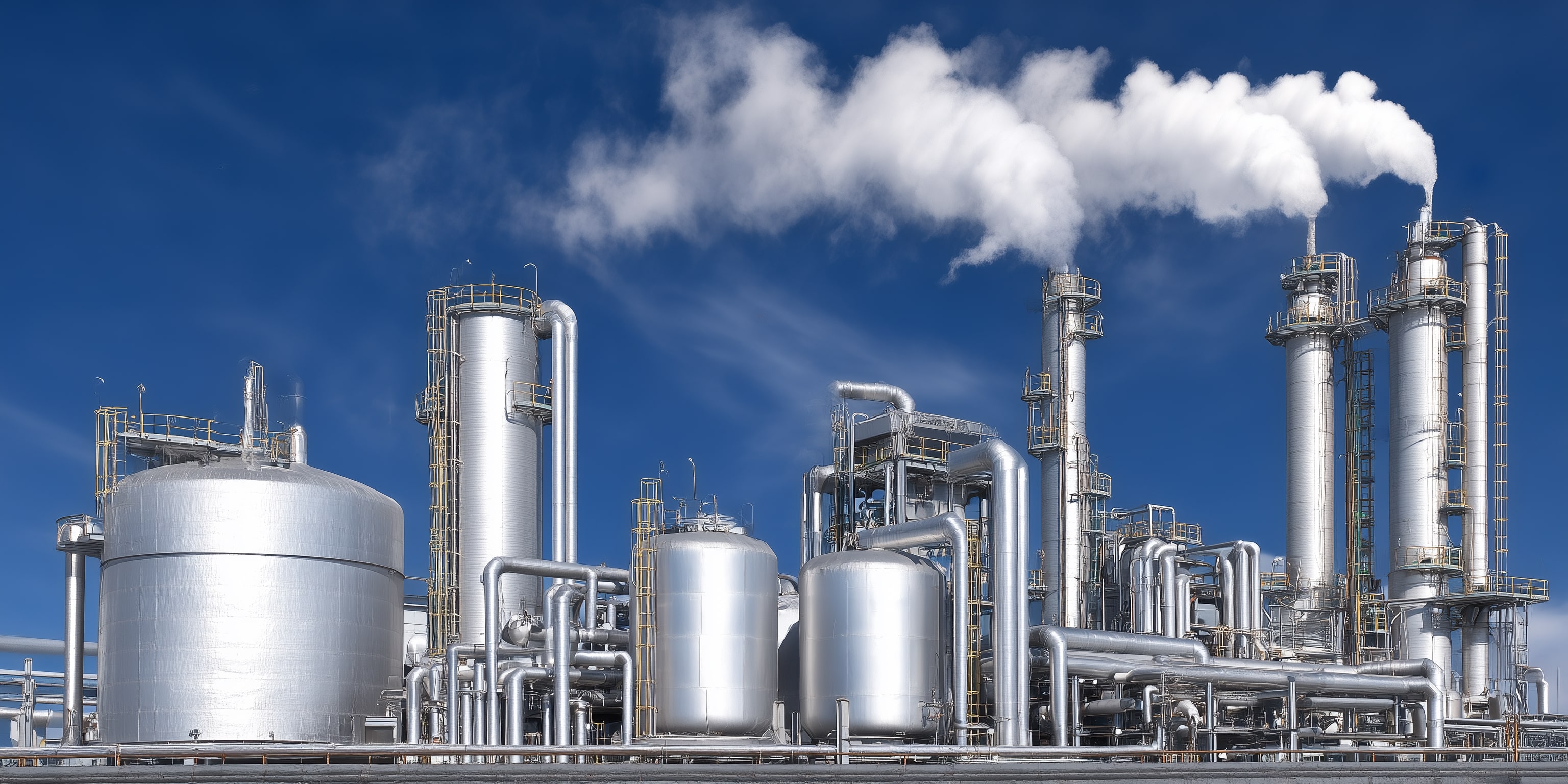
Natural Gas Price (NG=F) Surges Above $4.40 as Record LNG Exports and Tight Storage Ignite Bullish Winter Rally
December Natural Gas Futures (NG=F) settled at $4.338/MMBtu, extending a three-week rally as U.S. feed gas flows reached 18.5 Bcf/day, the EIA reported a modest 33 Bcf build, and heating demand surged 12% | That's TradingNEWS
Natural Gas (NG=F) Extends Rally Above $4.40 as U.S. Feed Gas Deliveries Hit Record Highs and Early Winter Demand Tightens Balance
The natural gas market continues to defy expectations, holding firmly above $4.40/MMBtu as traders digest a powerful mix of early-winter heating demand, record-breaking LNG feed gas flows, and restrained production growth. Futures for December delivery settled at $4.338/MMBtu, up 0.5% in volatile trade, having touched an overnight high of $4.509/MMBtu. The rally extends a three-week winning streak for Natural Gas (NG=F), with prices up nearly 5% this week, supported by cold weather across the U.S. Northeast and Midwest and by the first major heating-driven consumption surge of the season.
Weather, Storage, and Supply: The Drivers Behind the Current Price Action
Meteorological data shows heating degree days trending sharply colder into late November, reversing last week’s mild conditions. Weather-led residential and commercial demand jumped 12% week-over-week, according to Gelber & Associates, while industrial gas usage remained steady. The U.S. Energy Information Administration (EIA) reported an injection of 33 billion cubic feet (Bcf) into underground storage for the week ended October 31, slightly above forecasts of 31 Bcf, yet below the five-year norm of 42 Bcf. Total U.S. inventories now stand at 3,915 Bcf, just 6 Bcf below 2024 levels and 162 Bcf above the five-year average, leaving storage comfortable but poised to shift into withdrawal mode as early-season cold intensifies.
The storage trajectory remains key to sentiment. NGI’s projection for the next EIA report suggests an additional 37 Bcf build, which would still keep stocks near the five-year maximum. Should the U.S. follow its historical pattern, end-of-winter inventories may close around 1,980 Bcf, roughly 200 Bcf higher than the 15-year median, but elevated LNG demand of 17.0 Bcf/day could absorb the surplus faster than anticipated. Production remains resilient at 110.6 Bcf/day, up 1.9 Bcf/day week-over-week, though new well completions have slowed to 173 active spreads, signaling tighter upstream discipline.
LNG Export Momentum and Record Feed Gas Deliveries
A pivotal factor driving the current trend is the surge in LNG feed gas deliveries, which reached a new all-time high of 18.53 million Dth over the weekend, up nearly 0.5 Bcf/day week-over-week. Major terminals — Sabine Pass, Freeport, Plaquemines, and Calcasieu Pass — continue operating near full utilization, with 35 LNG cargoes loaded last week bound for Europe and Asia. This relentless pace reinforces the U.S. role as the global swing supplier. Feed gas demand, representing over 17% of total U.S. output, has become the structural anchor for domestic pricing. While European storage levels remain 82.6% full, sustained U.S. export strength is pressuring TTF prices lower, trading near €31.07/MWh, and keeping Asian JKM contracts below $14/MMBtu.
The U.S. LNG complex is also undergoing expansion. Projects like Golden Pass and Corpus Christi Stage 3 are progressing toward 2026 completion, expected to lift capacity by an additional 4.5–5 Bcf/day. The incremental demand pipeline suggests that U.S. LNG output could average 20 Bcf/day by late 2026, further tightening domestic balances and underpinning higher structural price floors near $4.00/MMBtu even in mild winters.
Technical Dynamics: Resistance at $4.65 and Support at $4.12 Defines the Range
From a technical perspective, Natural Gas (NG=F) remains confined within a rising wedge structure on the 4-hour chart. The contract is consolidating near $4.46, testing the upper boundary of that pattern. Momentum is moderating with the RSI at 63, signaling potential fatigue after a 40% climb from the September lows around $3.10. The 20-day EMA continues to trend above the 50-day EMA, maintaining a bullish slope, while support at $4.41 acts as a crucial short-term pivot.
A clean breakout above $4.65 — coinciding with resistance from June’s highs — could trigger an advance toward $4.86 and $5.06, while a daily close below $4.41 risks a pullback to $4.19 and $4.02. Historical data shows that each sustained push above $4.50 during November trading cycles has typically attracted profit-taking, especially when RSI exceeds 65, so traders remain alert to a potential mid-month correction before the next leg higher.
Global Context: Europe’s Balance and Asia’s Cooling Demand
Across the Atlantic, the European natural gas benchmark (Dutch TTF) slipped 0.3% to €31.07/MWh amid robust LNG inflows and consistent Norwegian pipeline deliveries. Storage across the EU sits at 82.6%, easing fears of shortages. However, analysts warn that colder-than-average forecasts for December could deplete reserves faster than expected. In North Asia, LNG spot demand weakened as above-normal temperatures in China and Japan reduced heating needs, prompting JKM futures to trade 4% lower week-over-week. This regional divergence keeps a lid on global prices even as U.S. domestic markets tighten.
The interplay between international supply and U.S. feed gas flows remains crucial. Every 1 Bcf/day rise in U.S. exports translates to roughly a $0.15–$0.20/MMBtu uplift in domestic prices, implying that sustained record feed gas utilization could anchor Henry Hub futures above $4.20–$4.30 throughout winter, barring an abrupt weather reversal.
Corporate Beneficiaries: Midstream and LNG Exporters Gain
The rally is cascading through related equities. Cheniere Energy (NYSE:LNG), the largest U.S. exporter, has seen its 2025 earnings forecast raised by 28.3% in the past 60 days, benefiting from long-term contract visibility at Sabine Pass and Corpus Christi. The Williams Companies (NYSE:WMB), which handles nearly one-third of U.S. natural gas flows, stands to profit from rising throughput volumes, with analysts projecting 9.9% EPS growth in 2025 and a three-year CAGR near 13.6%. Excelerate Energy (NYSE:EE), operating one-fifth of the world’s floating regasification fleet, is also poised for expansion as global LNG-to-power demand surges. These infrastructure plays offer leverage to U.S. gas fundamentals without direct exposure to futures volatility.
Production Discipline, Rig Counts, and Supply-Side Sensitivity
Despite strong prices, producers are exercising restraint. Rig counts have flattened, and efficiency gains in shale plays like Marcellus and Haynesville are balancing output without accelerating growth. The ability to ramp quickly has improved cycle times, yet executives remain cautious, prioritizing shareholder returns over aggressive expansion. This disciplined behavior explains why production rose modestly by only 1.9 Bcf/day even as prices neared $4.50 — a clear sign of a market seeking equilibrium.
Midstream capacity remains well-suited to absorb current flows. However, any sustained price above $4.80/MMBtu could prompt incremental drilling activity into early 2026, particularly from producers in Appalachia and the Permian Basin where breakevens average $2.75–$3.10/MMBtu.
Read More
-
JEPQ ETF (NASDAQ:JEPQ) Climbs Toward $59 as 10.3% Yield and $31B AUM Cement Its Status as JPMorgan’s Income Powerhouse
10.11.2025 · TradingNEWS ArchiveStocks
-
XRPI & XRPR ETFs Rally Over 8% as XRP Trades Above $2.53 — DTCC Listings Ignite Institutional XRP ETF Boom
10.11.2025 · TradingNEWS ArchiveCrypto
-
Oil Price Forecast - Oil Prices (CL=F, BZ=F) Sink to $59.80 WTI and $63.73 Brent as Inventories Swell
10.11.2025 · TradingNEWS ArchiveCommodities
-
USD/JPY Price Forecast - Dollar/Yen Steadies Near 154.00 as U.S. Fiscal Optimism Offsets BoJ Policy Caution
10.11.2025 · TradingNEWS ArchiveForex
Macroeconomic Landscape: Sanctions, Energy Security, and Currency Impact
Broader geopolitical currents also shape gas sentiment. Tightened U.S. sanctions on Russian energy firms Rosneft and Lukoil are limiting refined product exports, indirectly benefiting U.S. LNG as Europe diversifies away from pipeline dependency. The strong dollar — still hovering around 96.80 on the DXY — modestly caps export competitiveness but reinforces global appetite for dollar-linked LNG contracts. Meanwhile, domestic industrial consumption remains steady, aided by data center demand and petrochemical feedstock needs.
TradingNews Verdict: BUY (Bullish Bias, Target $4.90–$5.10)
Based on the convergence of record LNG feed gas flows, tightening storage balances, and sustained winter heating demand, the outlook for Natural Gas (NG=F) remains decisively bullish. Momentum may moderate near $4.50–$4.65, but any pullback toward $4.10–$4.20 should attract renewed buying. With exports projected to stay near 18–19 Bcf/day and production discipline intact, structural support for prices persists.
The data supports a BUY stance with short-term targets at $4.86–$5.06 and medium-term potential extending to $5.30 if December temperatures trend colder than normal. The combination of supply constraint, strong LNG demand, and early heating consumption leaves the market positioned for one of its strongest winter cycles in years — making Natural Gas (NG=F) one of the standout energy plays heading into 2026.



















